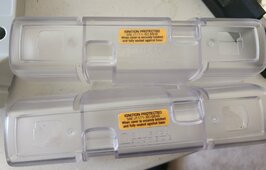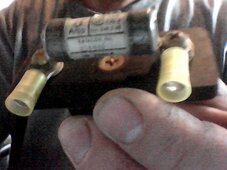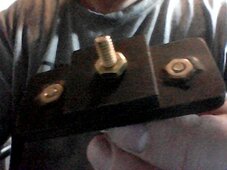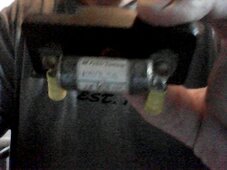robbob2112
Doing more research, mosty harmless
Earlier I stated there was a universal class T holder - drum roll, I was wrong - I know I know you are either thinking "WHAT!! never" or you are thinking "What, again??"
Here are both sizes of the "ignition protected version. There is indeed a pocket that is totally isolated from outside air around the fuse. The cutouts at the ends are for the lugs only, a piece of plastic goes tight up against the fuse itself to make a seal. Probably not airtight, but very close to it.
Interesting note - the only difference the base - the screws on the small one are 2mm closer together than on the large one.

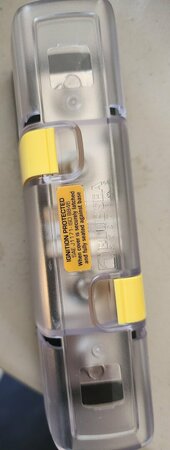
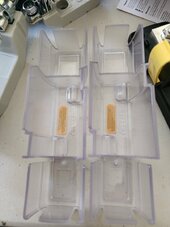
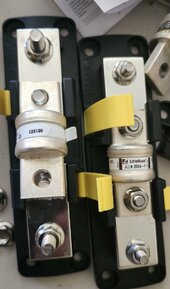

Here are both sizes of the "ignition protected version. There is indeed a pocket that is totally isolated from outside air around the fuse. The cutouts at the ends are for the lugs only, a piece of plastic goes tight up against the fuse itself to make a seal. Probably not airtight, but very close to it.
Interesting note - the only difference the base - the screws on the small one are 2mm closer together than on the large one.








